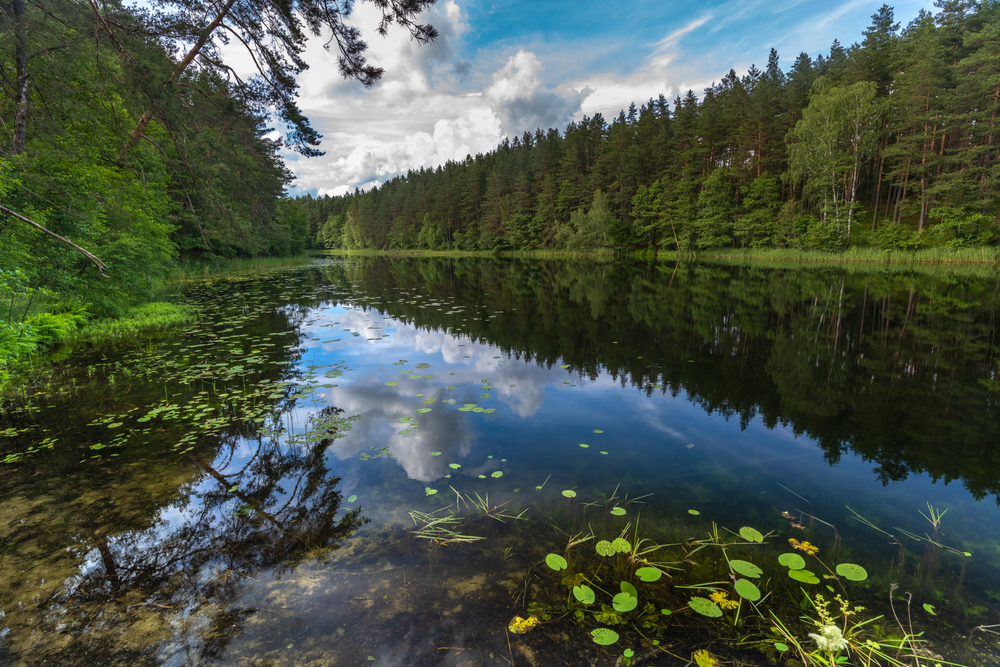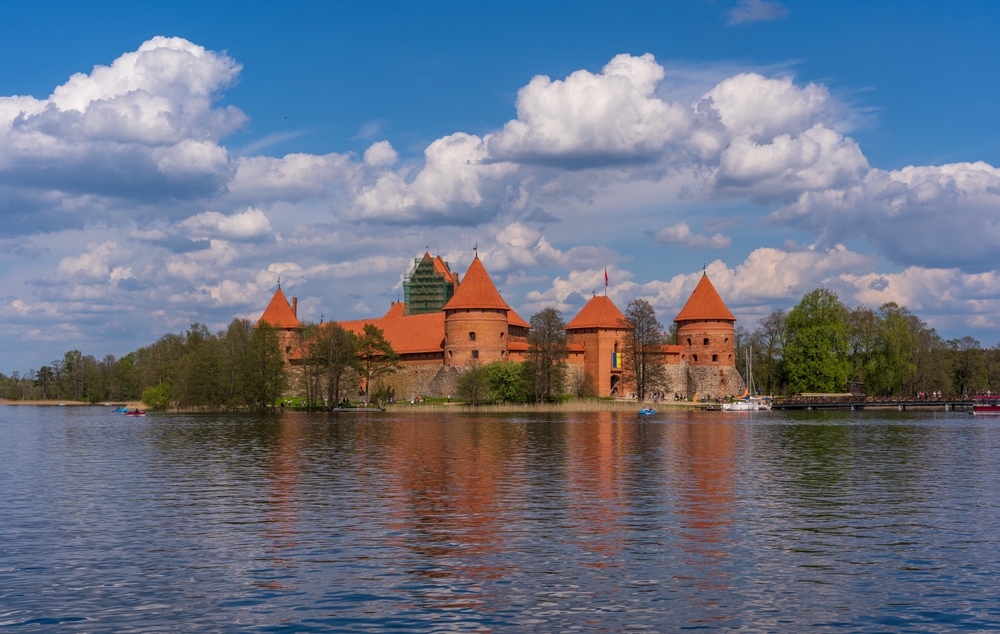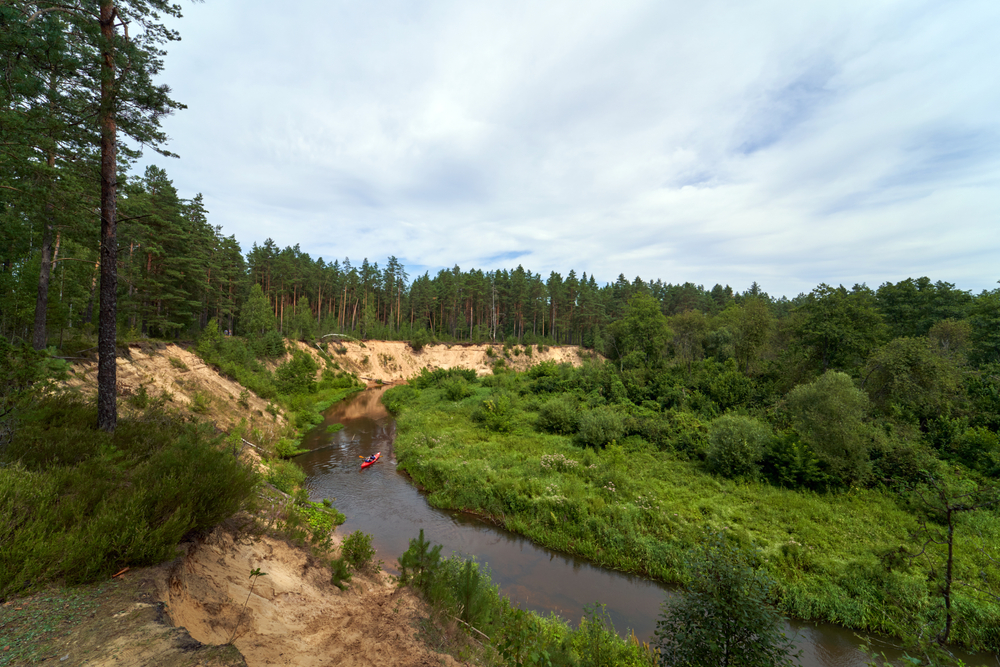Curonian Spit Overview
Curonian Spit National Park, known locally as Kuršių Nerijos Nacionalinis Parkas, is a breathtaking stretch of land located in western Lithuania. This UNESCO World Heritage Site encompasses 132 square miles (342 square kilometers) of unique and fragile landscapes, stretching along the Curonian Spit, a thin, 61-mile-long (98 km) sand dune peninsula that separates the Curonian Lagoon from the Baltic Sea.
Shared between Lithuania and Russia’s Kaliningrad region, the park’s portion within Lithuania is celebrated for its otherworldly beauty and ecological significance. The park’s terrain is dominated by shifting sand dunes, lush pine forests, and tranquil beaches.
The dunes, some of which tower over 200 feet (61 meters) high, are among the tallest in Europe and offer spectacular panoramic views of the lagoon and the sea. These formations, like the Parnidis Dune, are shaped continuously by wind and water, creating a dynamic and ever-changing landscape.
Interspersed among the dunes are forested areas of Scots pine and birch trees, while patches of wetland vegetation thrive near the lagoon’s edge. A notable feature of the park is the “Dead Dunes,” where sand has buried entire villages over the centuries, creating an eerie and fascinating historical layer to the region.
Wildlife in Curonian Spit National Park is diverse and includes a mix of European and coastal species. Visitors may encounter red foxes, roe deer, and wild boars roaming the forests, while bird enthusiasts will be delighted by the presence of rare and migratory species.
The park is a vital stopover for millions of birds on the East Atlantic Flyway, with species such as the white-tailed eagle, Eurasian bittern, and common crane frequently sighted. The lagoon also supports a variety of aquatic life, including fish species that are integral to local fisheries.
Popular features of the park include the Hill of Witches (Raganų Kalnas), an open-air gallery of wooden sculptures inspired by Lithuanian folklore. The Parnidis Dune Sundial is another highlight, with its striking granite obelisk marking time against the backdrop of the dunes.
Visitors often explore the charming fishing villages of Nida, Juodkrantė, and Pervalka, where traditional wooden architecture and cultural museums offer a glimpse into the region’s heritage.
Visitors can experience the park through a variety of activities, including hiking, cycling, and birdwatching. The well-maintained trails and boardwalks make it easy to explore the dunes and forests without damaging the fragile environment.
Guided tours provide insights into the area’s unique geology, flora, and fauna, while water-based activities such as kayaking and sailing on the lagoon offer a different perspective of the park’s beauty.
Curonian Spit National Park faces significant conservation challenges, including dune erosion caused by wind, human activity, and climate change. However, extensive efforts to stabilize the dunes through afforestation and other protective measures have been successful, showcasing the importance of collaboration between local communities, governments, and environmental organizations in preserving this natural treasure.














































































